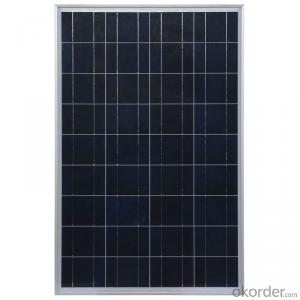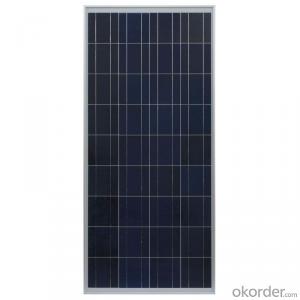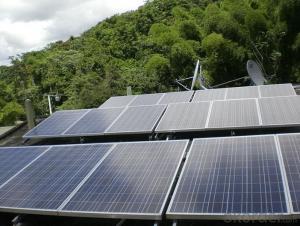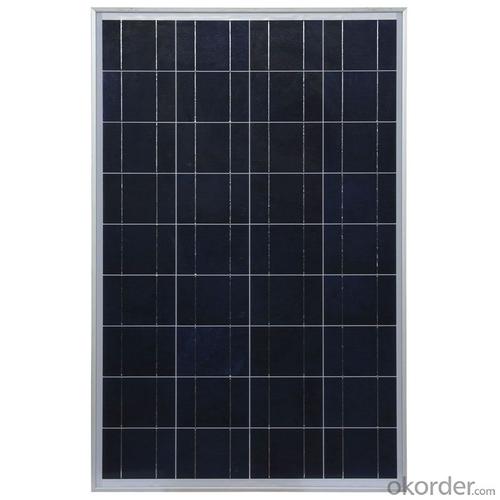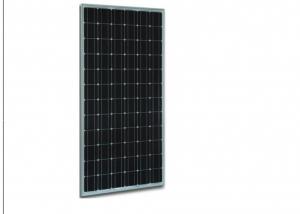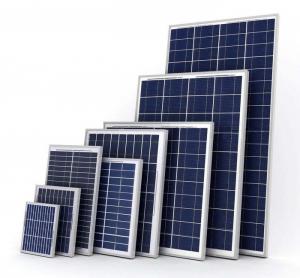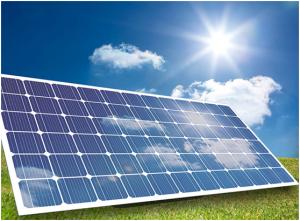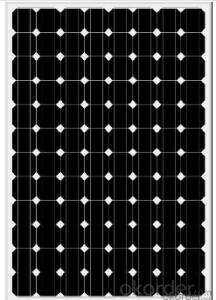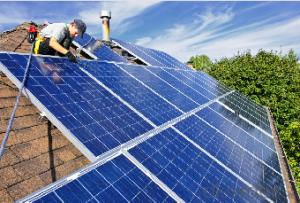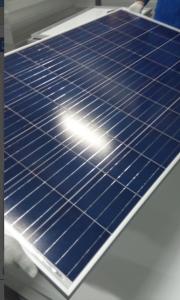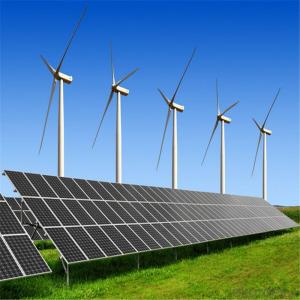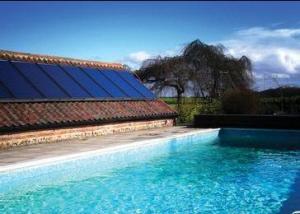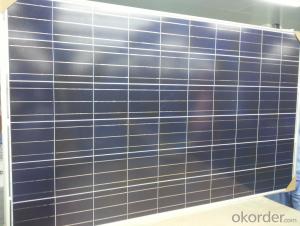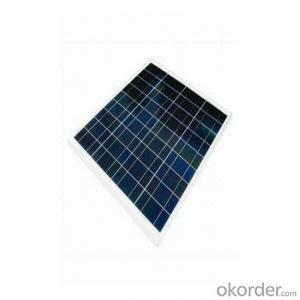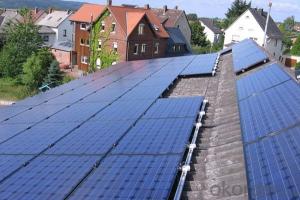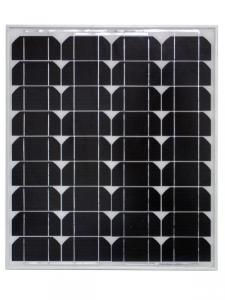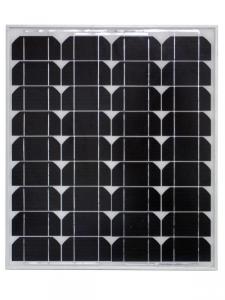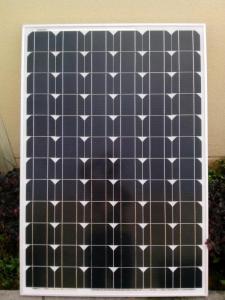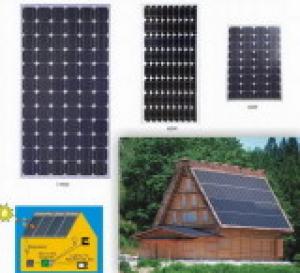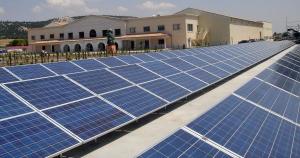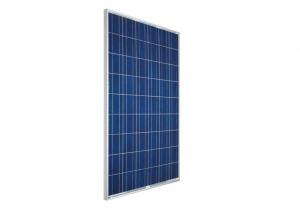Tesla Solar Panels Arizona - High Power 140W Poly Solar Panel for House Roof
- Loading Port:
- Tianjin
- Payment Terms:
- TT OR LC
- Min Order Qty:
- 100 watt
- Supply Capability:
- 10000 watt/month
OKorder Service Pledge
OKorder Financial Service
You Might Also Like
Specification
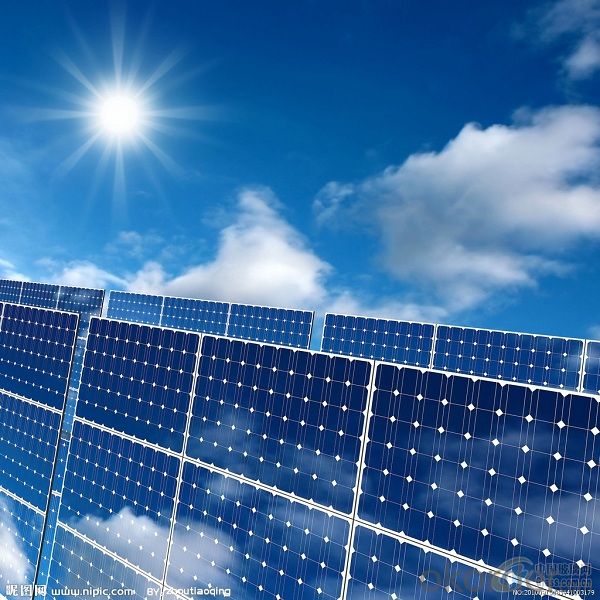
Quality Ensurance:
1. Excellent A Grade solar cell from Motech or Hanwha solar.
2. Excellent backsheet from SFC, 3M, Tailflex Solmate® DuPont™ Tedlar® PVF25
3. EVA from Bridgestone / First;
4. Junction box with UL and TUV listed - GZX, IP65;
5. High transmission low iron tempered glass from Xinyi Glass - China Top 1; Yuxing Glass.
6. Solar panels with TUV, CE, ISO9001 certified.
Strong, lightweight aluminum frame design with reinforced sealing and load hold to prevent freezing and warping, and stand against high wind.
Under Standard Test Conditions(STC): Irradiance of 1000W/m2, Am1.5 and 25º C cell temperature
Operating Temperature: -40 ~ +85° C
Storage Temperature: -40 ~ +85° C
Mechanical Characteristics:
Dimensions: 1470mm(L) x 670mm(W) x 35mm(H)
Weight: 11.50kgs
Solar Cells: 156 x 156 (polycrystalline) 36 cells
Solar Panel Warranty:
Warranty on material and workmanship: Five years
Guaranteed output of 90% after 10 years and 80% after 25 years
For details, please feel free to contact us!
| Performance | |
| Rated Power[Pmax] | 140W |
| Power Tolerance | ± 3% |
| Nominal Voltage | 18V |
| Design Life | 25 years |
| Electrical Characteristics | |
| Maximum Power [Pmax] | 140W± 3% |
| Maximum Power Voltage [Vmp] | 18V± 3% |
| Maximum Power Current [Imp] | 7.82A± 3% |
| Short-Circuit Current [Isc] | 8.31A± 3% |
| Open-Circuit Voltage [Voc] | 22V± 3% |
| Current Temperature Coefficient | 0.08%/º C |
| Voltage Temperature Coefficient | - 0.32%/º C |
| Power Temperature Coefficient | -0.38%/º C |
| Maximum System Voltage | 1000V |
- Q: What is the difference between monocrystalline and polycrystalline solar panels?
- Monocrystalline solar panels are made from a single crystal structure, typically silicon, which results in a uniform appearance and higher efficiency. Polycrystalline solar panels, on the other hand, are made from multiple silicon fragments, resulting in a less uniform appearance and slightly lower efficiency.
- Q: The Physics club in our school is trying to convince the Board of Ed to install solar panels in our school, and i was just wondering if anyone with some experience or real expertise in solar energy. I need some points about their usefulness some real pros and cons on maintenance, etc. Anything will help. Personally i would be perfectly for the idea, but i heard that the overall cost of installing them is much higher than the cost of the energy saved and government subsidies, but ive only heard about this.
- Solar panels give off no pollution, the only pollution produced as a result of solar panels is the manufacturing of these devices in factories, transportation of the goods, and installation. The production of energy from the use of fossil and some renewable fuels (e.g. wind turbines) can be noisy, yet solar energy produces electricity very quietly. One of the great pros of solar energy is the ability to harness electricity in remote locations that are not linked to a national grid. A prime example of this is in space, where satellites are powered by high efficiency solar cells. The installation of solar panels in remote locations is usually much more cost effective than laying the required high voltage wires. Solar energy can be very efficient in a large area of the globe, and new technologies allow for a more efficient energy production on overcast/dull days. Solar panels can be installed on top of many rooftops, which eliminates the problem of finding the required space for solar panel placement. Another great pro of solar energy is the cost. Although the initial investment of solar cells may be high, once installed, they provide a free source of electricity, which will pay off over the coming years. The use of solar energy to produce electricity allows the user to become less dependent on the worlds fossil fuel supplies.
- Q: Didnt solar panels use to cost around $250,000 5 years ago?
- I okorder to register for free and lock in long term costs. The increasing demand and competition is helping reduce costs.
- Q: So, I've seen cheap solar panel kits for sale from Harbor Freight, and regardless of whether or not I were to buy a set from them or someone else, I was wondering what the process of implementing a small-scale solar system into your household electrical system would be.I've read articles that started out too in-depth or were speaking of systems on a much larger scale.Can it be as easy as buying the panels and inverter, and plugging it into a socket, or is there more to it?Some of the articles I was reading had mentioned having to contract with your electrical supplier, having to have an electrician tie it all in in some special/ necessary way, using a battery pack (would this be necessary for a tied-in system?), or using the system to only power single items, like a water heater, or plugging items into a connected battery-pack, all of which I'm not sure is necessary or needed for what my goals/ means are/ would be.
- Grid tie inverters are expensive, but you might find a used one cheap on E-Bay, Crags list. Almost any grid tie inverter will work as you are thinking low power, but it likely needs to be 50 hertz or 60 hertz, which ever you have, and 230 volts ac or 20 volts ac which ever you have. It will work for a range of dc voltages, so your solar panels need to produce voltage near the center of that range. I considered buy the 3 PV panel set of 5 watt panels that Harbor freight sells. but I did not determine if the three panels can be conveniently connected in series to produce about 50 volts at light loads, or 00 volts if you buy two sets. You probably do not need the load controller, that comes with each set. I think most grid tie inverters automatically adjust to the dc voltage you supply them, unless it is below some minimum such as 50 volts. It is illegal to connect ordinary inverters to the power company, but they will probably not notice a small system unless you burn your house down. Most inverters will phase lock with the power companies frequency, but they are not designed to do that, so bad is likely unless you connect a resistor such as 0 ohms at 00 watts in series with the ac out of the inverter. If the resistor smokes you should disconnect promptly, then try again to see if you can get phase lock quickly. No smoke, likely means you are one of about 000 co-generators on the electric grid, You can short out the resistor with short piece of very fine wire which will hopefully melt if something goes wrong, such as the power company not sending electricity for 0. seconds or longer. Nearly all inverters have an over load feature, so the thin wire is a back up. Please be careful as people sometimes don't survive an electric shock at 20 volts.
- Q: How often do solar panels need to be replaced or repaired roughly? Is it costly to do so?
- This Site Might Help You. RE: How much maintenance do solar panels require? How often do solar panels need to be replaced or repaired roughly? Is it costly to do so?
- Q: Hi! I bought a Coleman 2 vdc cooler that pulls 9 amps. What size solar panel and amp-hour battery do I need? I only open it 3 times a day. It will hold about 3 gals of milk.
- If it pulls 9 amps continuously, that's 08 watts/hour or about 2.5 kwh/day. If it only pulls half that (does it cycle?) it's about .2 kwh/day. You only want to drain a lead-acid battery 50% or so, so you'll want a 5 or 2.5 kwh battery pack. A typical setup for the 5 kwh would be two L-6 batteries in series, and for the 2.5 kwh you could use 2 T-05 batteries in series. This does not account for days of cloud. If you regularly have cloudy days, size the battery pack for two or three days of use with no input (2-3 x the sizes given above). To charge them, you typically want panels that will charge your battery at least 5% of its capacity per hour (C/20). For 2 volt nominal panels that's 0 amps for the T-05 or 20 amps for the L-6 batteries. It's good to have more than that for battery life (it cuts down on what's called stratification), so you'll want probably 50-200 watts of panels for the T-05 and 300-400 for the L-6. You'll also need a charge controller. Peltier coolers are very inefficient. You'll save money by using a regular mini-fridge and an inverter. Most mini-fridges only draw 50 watts or so, so you're talking 600 watt-hours for a 50% duty cycle. This means two T-05 batteries will give you two days of use and you'll only need 20-50 watts of panel. DK
- Q: Can solar panels be installed on swimming pool covers?
- Yes, solar panels can be installed on swimming pool covers. In fact, it is a popular choice for pool owners who want to harness solar energy to heat their pools while also conserving energy.
- Q: I need help?!!
- benefit- It makes use of the Suns organic engery to produce potential for a house/employer which saves money as against employing potential from the community materials for electricity. it will keep away from lots of money in case you reside in an area that is sunny a super style of the year. disadvantage- You extra suitable wish that is sunny for a on an identical time as to construct a inventory pile of potential. It somewhat relies upon on your desires for potential, in case you do no longer use incredibly some it and stay in a sunny section a super style of the year, then you incredibly could desire to have a super style of potential that only kinda sits there. yet once you reside in an area it somewhat is frequently cloudy all year around then image voltaic panels does no longer be superb for you.
- Q: Can solar panels be used for charging electric vehicles?
- Yes, solar panels can be used to charge electric vehicles.
- Q: hi everyone..i wanna do my major project on solar panels...so anyone kindly tell me the projects based on solar panels..
- I have done this in my project too and a solar panel, two wires, a circuit/project board, an LED light/a small fan,a switch and a solderer. Just solder the wires to the positive and negative parts of the panel, put the wires connected to the panel to the board put the LED's on the other side and the switch together with it shine light on the panel and the light/fan will work.(If it dosen't work, please DO NOT consult ME.)
Send your message to us
Tesla Solar Panels Arizona - High Power 140W Poly Solar Panel for House Roof
- Loading Port:
- Tianjin
- Payment Terms:
- TT OR LC
- Min Order Qty:
- 100 watt
- Supply Capability:
- 10000 watt/month
OKorder Service Pledge
OKorder Financial Service
Similar products
Hot products
Hot Searches
Related keywords
